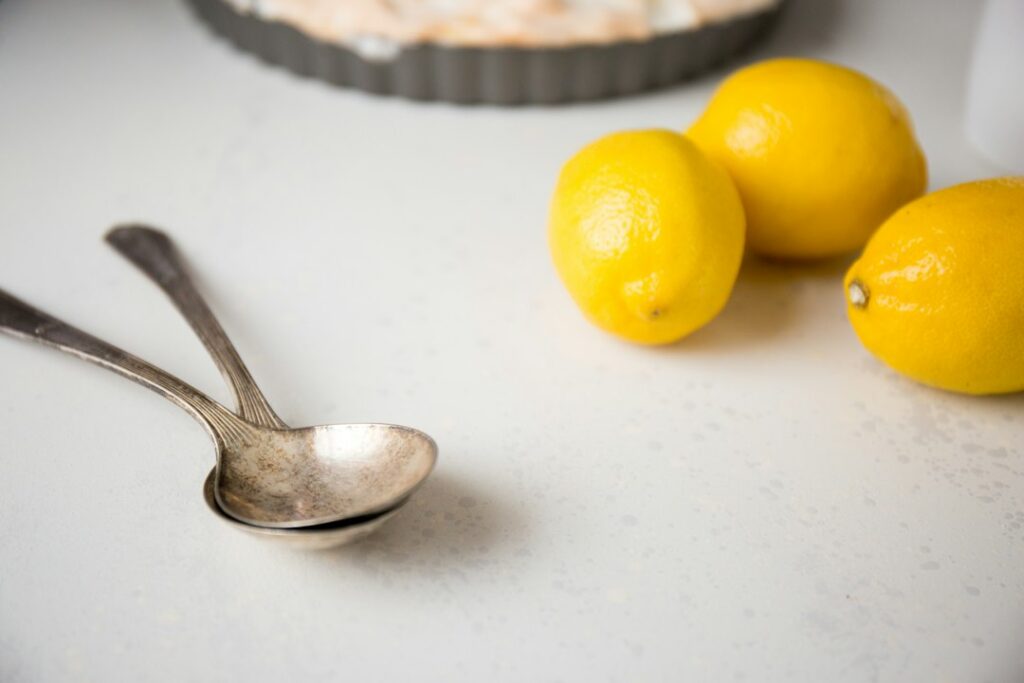The Amazing Journey of Lemons: From Green to Yellow
Lemons are a refreshing and versatile fruit that add a zing to both savory and sweet dishes. But have you ever found yourself staring at a bowl of green lemons, impatiently waiting for them to ripen to that vibrant yellow hue? Fear not! I’ve got the ultimate guide to ripening lemons and making the most of their tart goodness.
The Surprising Statistics of Lemon Consumption
Before we delve into the ripening process, let’s take a moment to appreciate the sheer scale of lemon consumption. Did you know that the average American consumes around 3.4 pounds of lemons each year? That’s a staggering number considering the small size of these citrus fruits! In fact, lemons are the most widely used citrus fruit in the world, with the global lemon and lime market expected to reach over 20 million metric tons by 2026. Now, that’s a lot of lemonade!
Understanding the Ripening Process
Color Chemistry
Lemons, like many fruits, change color as they ripen. The green of an unripe lemon comes from chlorophyll, which masks the yellow pigment called carotenoids. As the lemon ripens, the chlorophyll breaks down, allowing the vibrant yellow of the carotenoids to shine through.
Ripening Factors
Several factors influence the ripening of lemons, including temperature, humidity, and exposure to ethylene gas, which is produced by fruits and helps initiate the ripening process. As lemons mature, their starches convert to sugars, making them not only yellow but also sweeter and juicier.
How to Ripen Lemons at Home
Patience is Key
First and foremost, patience is crucial when ripening lemons. It takes time for lemons to reach their optimal ripeness, so resist the urge to pick them too early.
Proper Storage
Store your lemons at room temperature and away from direct sunlight. Placing them in a bowl or a fruit basket on the counter is ideal. If you want to slow down the ripening process, you can also refrigerate the lemons, but be mindful that cold temperatures can sometimes lead to a loss of juiciness.
Ethylene Exposure
Encourage ripening by placing the lemons in a paper bag with other ethylene-producing fruits, such as apples or bananas. This traps the ethylene gas and speeds up the ripening process.
Making the Most of Ripe Lemons
Culinary Creativity
Ripe lemons are a culinary powerhouse. From adding a squeeze of citrusy freshness to grilled fish to whipping up a tangy lemon curd, the possibilities are endless. Explore recipes that celebrate the bright flavor of ripe lemons and elevate your cooking game.
Zesty Beverages
When life gives you ripe lemons, make lemonade – or better yet, a zesty lemon-infused cocktail! Freshly squeezed lemon juice is the perfect base for refreshing beverages, adding a burst of flavor to mocktails, cocktails, and even infused water.
Incorporating Ripe Lemons into Daily Life
Health and Wellness
Lemons are not only a culinary delight but also offer a myriad of health benefits. Start your day with a glass of warm water and a squeeze of lemon to kickstart your metabolism and boost your vitamin C intake. You can also use lemon juice as a natural alternative to enhance flavors in your dishes without relying on excess salt or unhealthy fats.
Sustainable Living
Ripe lemons can also be part of your journey towards sustainable living. Instead of letting them go to waste, use the peels to make homemade cleaners or infused vinegar. Reduce, reuse, and get that zestful lemony aroma throughout your home!
In Conclusion
Ripening lemons is an art, and the rewards of patiently waiting for that vivid yellow hue are delightful. Whether you’re adding a squeeze of lemon to your cooking, mixing up a refreshing beverage, or incorporating them into your daily health and sustainability practices, ripe lemons are a vibrant addition to your life. Embrace the journey of ripening lemons and savor the burst of sunshine they bring to your table.
















